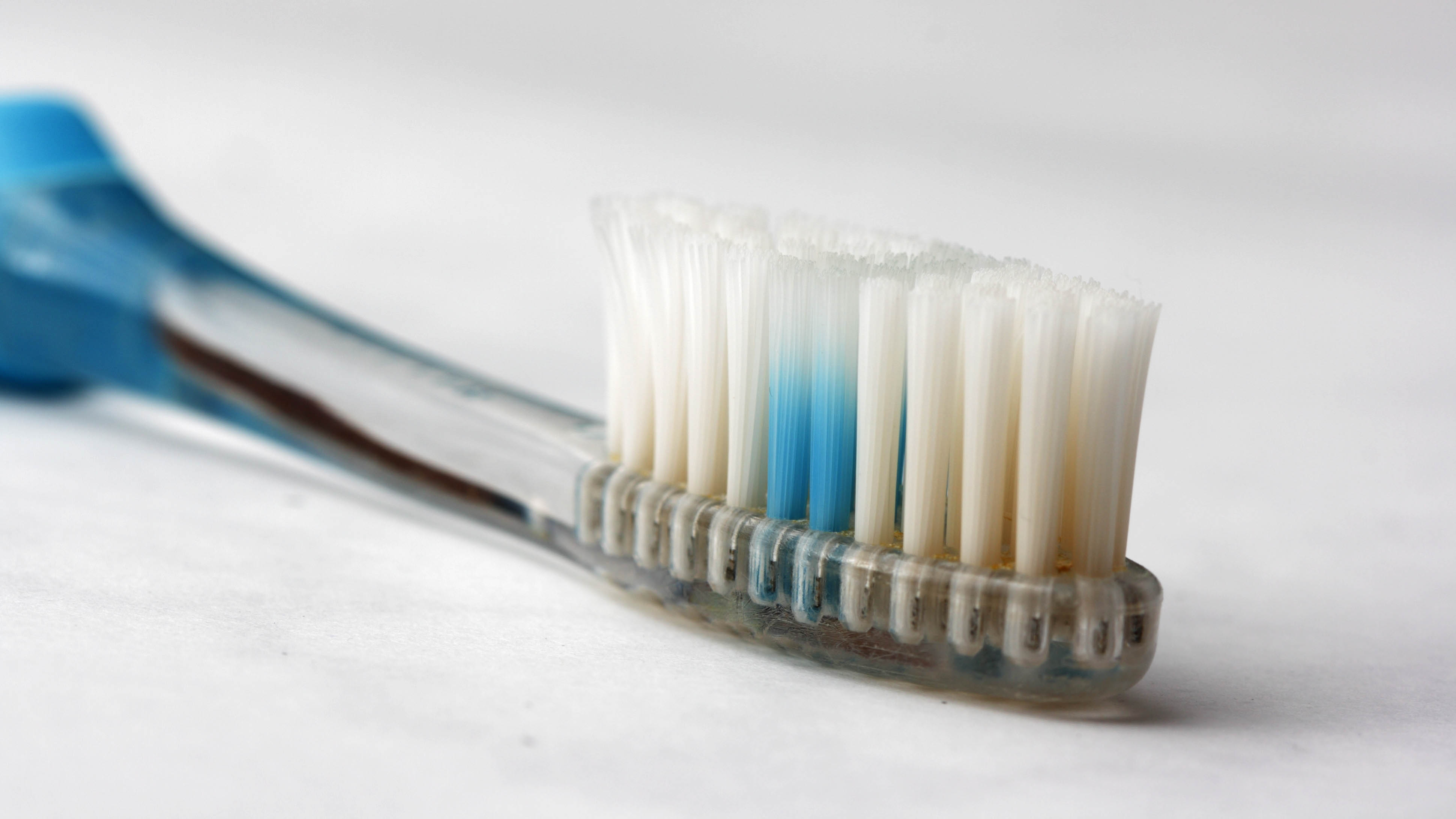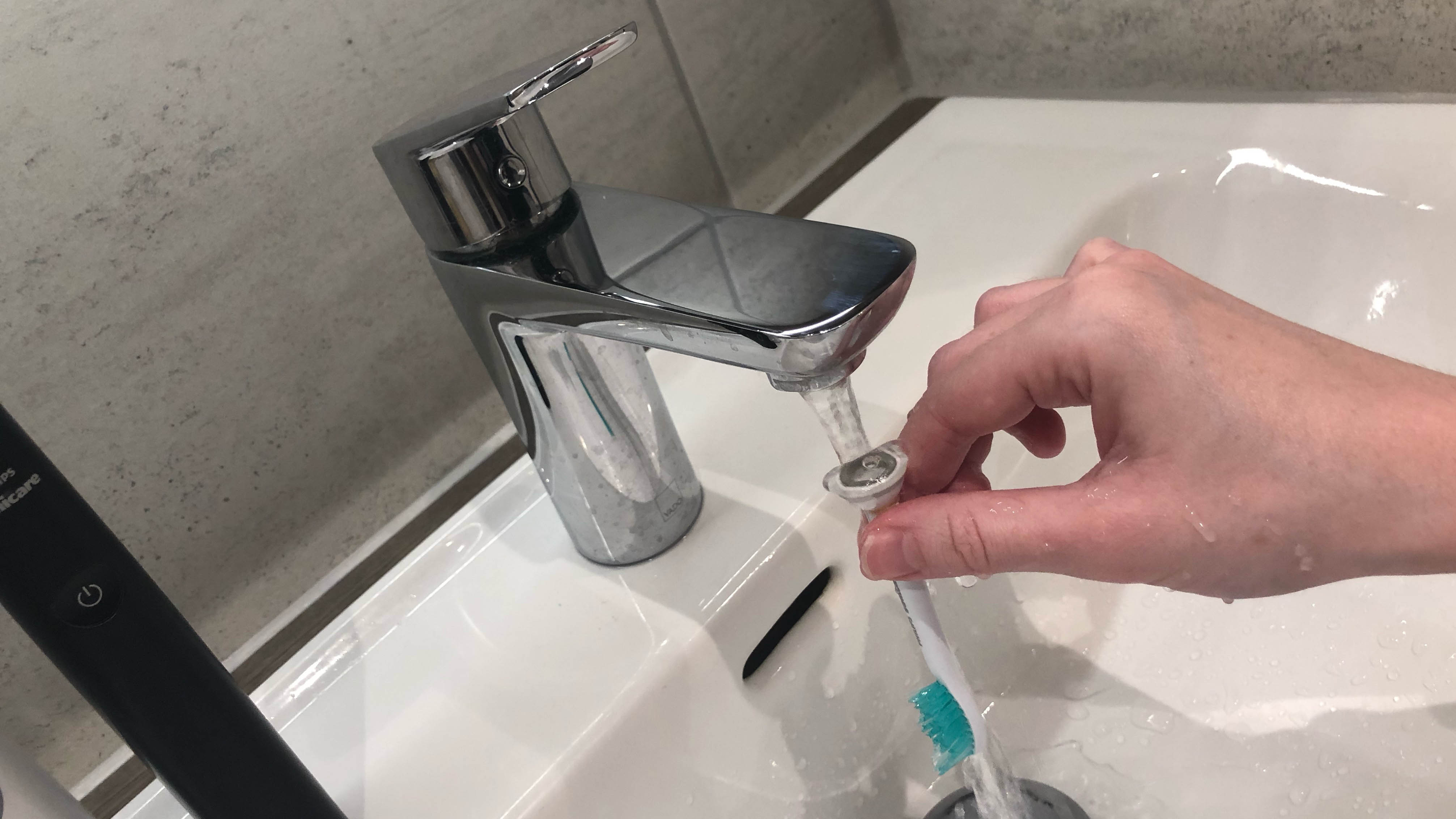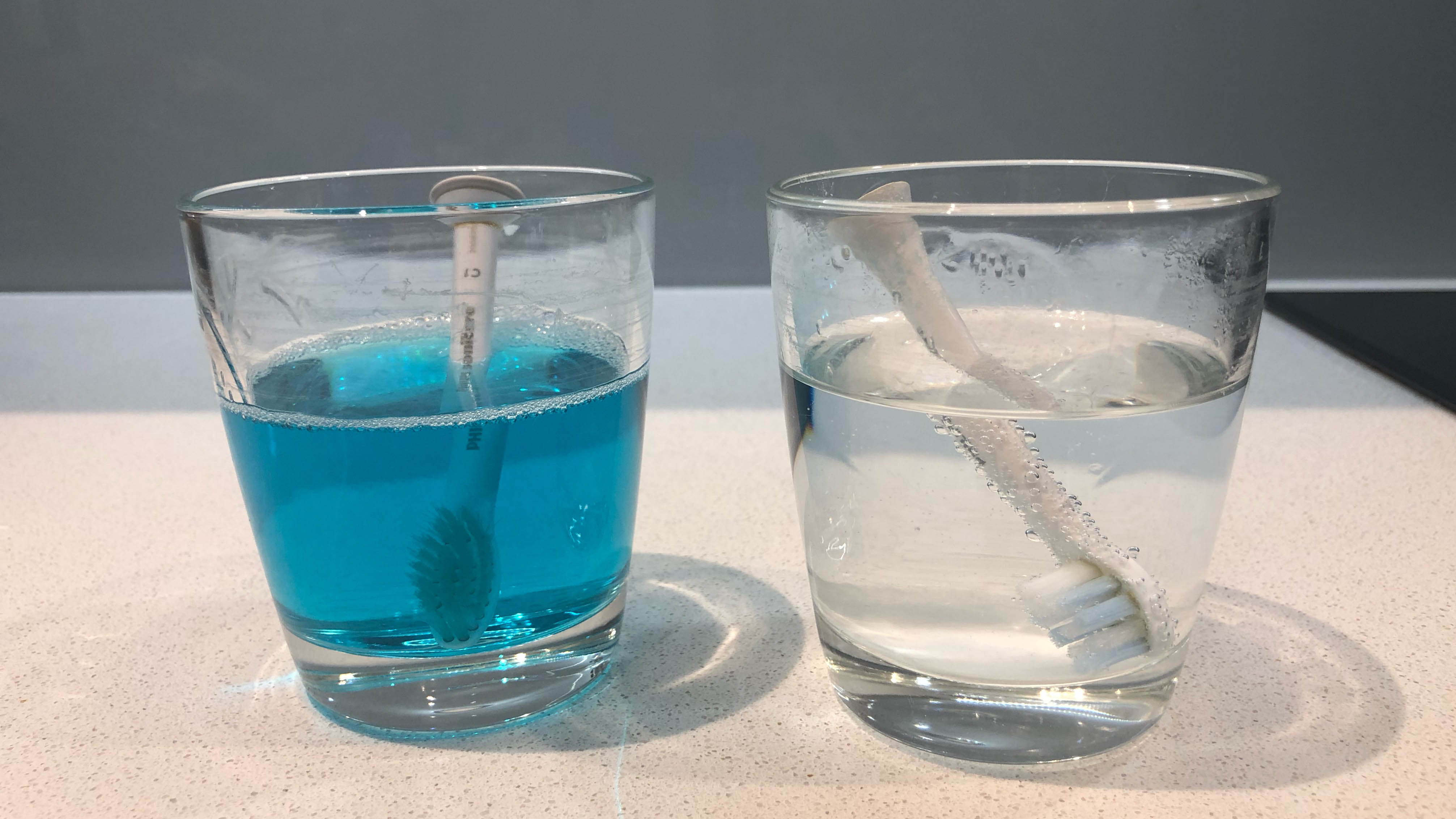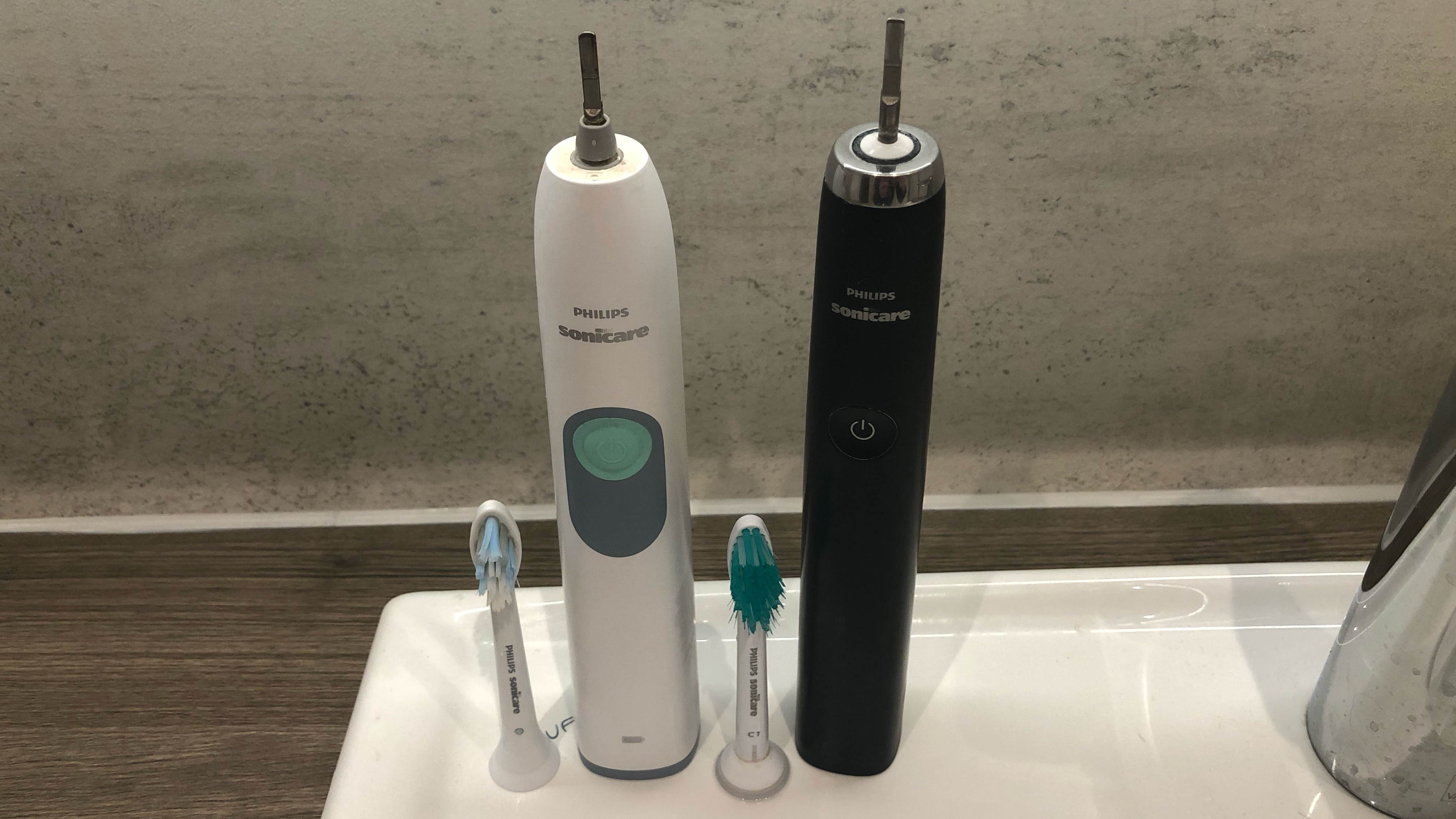How to clean a toothbrush — top tips to sanitize and disinfect
Has your toothbrush seen better days? Here’s how to clean a toothbrush

You might think, I already know how to clean a toothbrush, but in fact there’s a little more to it than rinsing the bristles. A toothbrush is something we all use everyday, and considering it goes in our mouth, cleanliness is paramount.
That’s why when you notice bacteria building up or the bristles starting to smell, which will happen to even the best electric toothbrushes, it’s important that you take the time out to clean and disinfect it. It’s not very difficult or time-consuming to do this, and it takes just a few household products. Here’s how to clean a toothbrush the right way.
Also, find out should you floss before or after brushing? Plus, here are 7 mistakes you’re making when you brush your teeth.
How to clean a toothbrush — Everyday cleaning
1. As soon as you’ve finished brushing your teeth, rinse the bristles for 10-15 seconds under warm running water until there’s no toothpaste residue remaining. If you have an electric toothbrush, remove the head and rinse the inside of the brush head as well by holding it vertically and facing downwards in the running water. Rinse the tip of your handle as well.
Antibacterial mouthwash OR
White vinegar
Baking soda
Dish soap (optional)
Sponge (optional)
2. Gently tap the toothbrush to remove excess water.
3. Wipe the handle clean after each use, especially if you notice toothpaste has trailed down.
4. Store the toothbrush in an upright position so it can air dry. Do not cover the bristles when storing. If you have an electric toothbrush, store the removed head separately from the handle so both can air-dry effectively.
Sign up to get the BEST of Tom's Guide direct to your inbox.
Get instant access to breaking news, the hottest reviews, great deals and helpful tips.
5. If you store your toothbrush in a holder, make sure the holder is cleaned regularly. Some of these can go in the dishwasher, but if not, use warm soapy water.

How to disinfect a toothbrush
1. Pour out enough antibacterial mouthwash in a glass or container to submerge the bristles. If you don’t have mouthwash, you can also mix a solution of ½ cup of water with two tablespoons of white vinegar and one teaspoon of baking soda. Be prepared for it to fizz up for a few seconds, then mix it.
2. Soak your toothbrush in the mouthwash solution for 15 minutes (30 minutes for the vinegar solution). Don’t leave it any longer though as it can damage the bristles. If you’re using an electric toothbrush, do not soak the handle in the solution as it’s electrical and, again, this will damage it.

3. Once time is up, rinse the soaked toothbrush thoroughly under running warm water.
4. You should be able to wipe or scrub away any other residue on the toothbrush under warm, running water. You can use the abrasive side of the sponge for tough customers.
5. If you have an electric toothbrush and your handle needs a clean, use a damp microfiber cloth to wipe it clean. If there’s stubborn residue, you can also scrub it with warm soapy water and the abrasive side of a sponge prior to this, although check your manual in case it doesn’t recommend this.
6. Leave out to dry. Your toothbrush should now be spotless and looking like new again. If this method has failed to remove the bacteria, it’s time to replace your toothbrush.

How often should I clean my toothbrush?
Cleaning should be done each day after every use. You can sterilize and disinfect your toothbrush as often as you like, but once a week is good practice. Remember, you should also replace your brush head, or manual toothbrush every three to four months.

Katie Mortram used to be a Homes Editor for Tom's Guide, where she oversaw everything from kitchen appliances to gardening tools, as well as smart home tech. Specializing in providing expert advice for cleaning and home manintenance, she now works as Household Advice Editor for Good Housekeeping.
